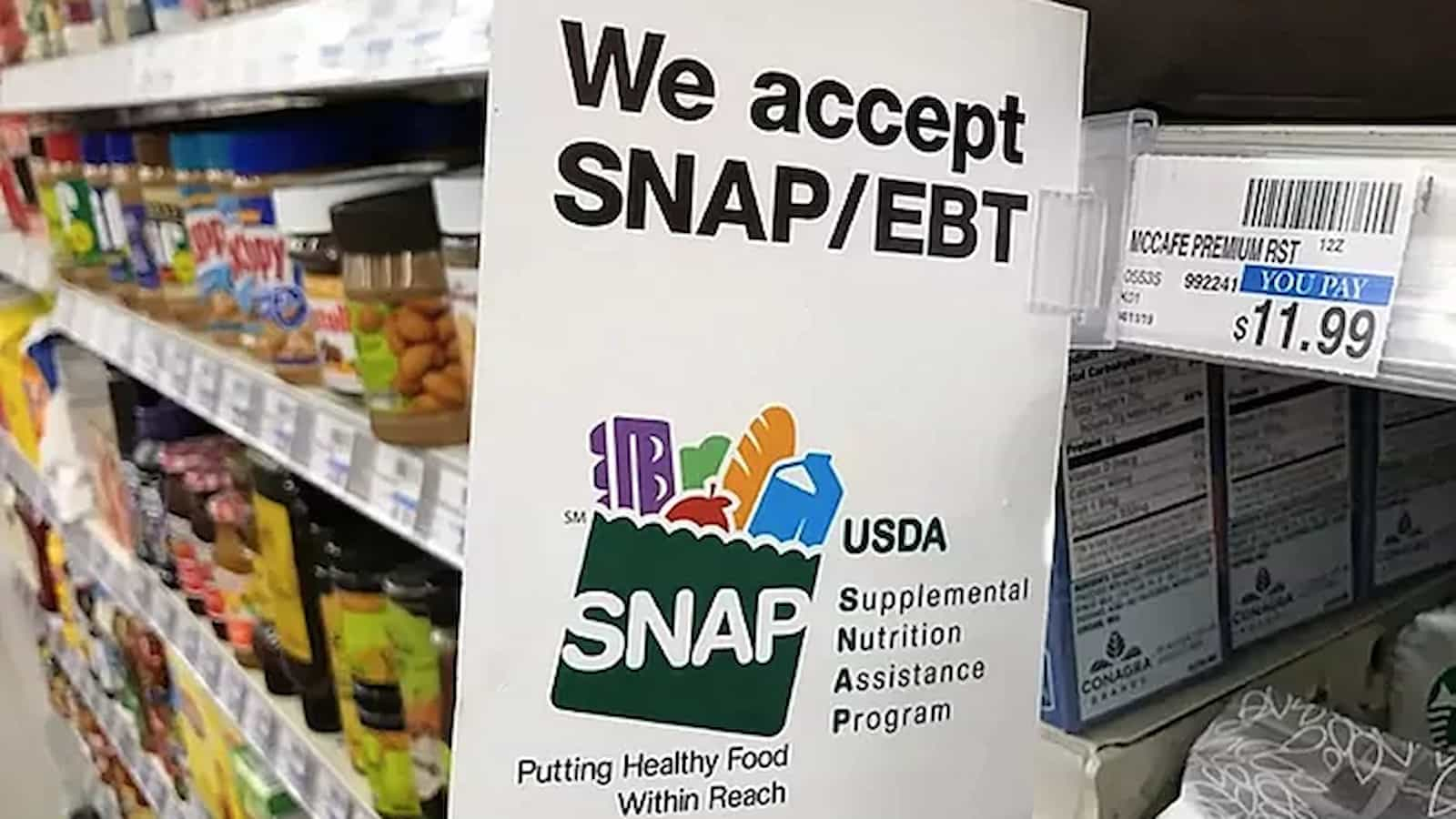Florida SNAP Benefits: Through the Florida EBT Card, also known as the Florida ACCESS Card, the Florida Department of Children and Families (DCF) distributes assistance benefits to eligible individuals and families.
This card functions as a traditional debit card and is used to access both food stamp (SNAP) and financial assistance (TANF) benefits, allowing recipients to make eligible food purchases at authorized stores and online.
Unlike a fixed deposit date, Florida deposits SNAP and TANF benefits onto EBT cards throughout the month on a staggered schedule.
The day on which your benefits are deposited is determined by the final digit of your case number, which is assigned to each household that is approved for SNAP and TANF benefits.
You can locate your case number on your Benefits Approval Letter, the official document sent by the Florida Department of Children and Families confirming your eligibility for benefits.
If you cannot locate your case number, you can contact Florida DCF Customer Service at 850-300-4323, available to assist you on weekdays from 07:00 to 18:00.
Are your September 2023 benefits coming this week?
If the ninth and eighth digits of your case number fall between 86 and 88, your benefits will be deposited on the 25th of each month.
Benefits for case numbers between 89 and 92 will be deposited on the 26th of each month. If the ninth and eighth digits of your case number are between 93 and 95, your benefits will be deposited on the 27th of each month.
Your benefits will be deposited on the 28th of each month if your case number concludes with the digits 96 to 99.
This schedule ensures that benefits are distributed in a systematic manner, allowing recipients to plan their expenses and gain access to the necessary support at the appropriate times of the month.
How much do you get in food stamps in Florida?
In Florida, the average monthly benefit for a three-person family with no income is $740. This quantity can vary based on factors such as the size of the household and the family’s net income.
For example, a family with a net monthly income of $1,000 would have their monthly benefit reduced to $440.




